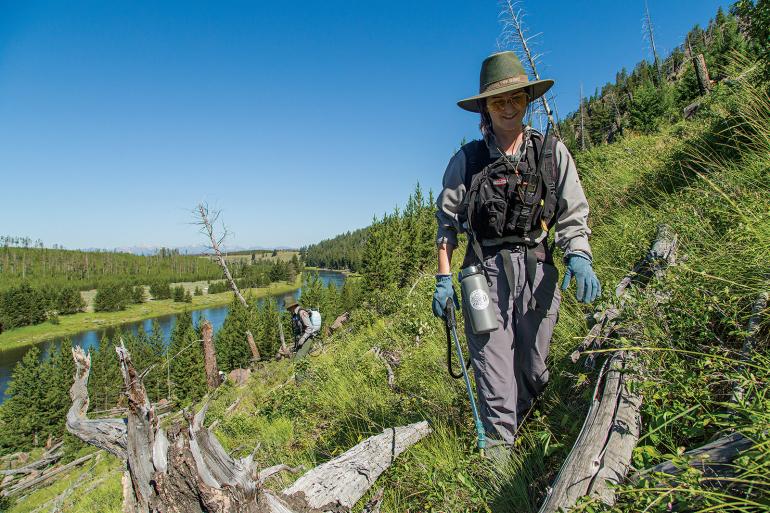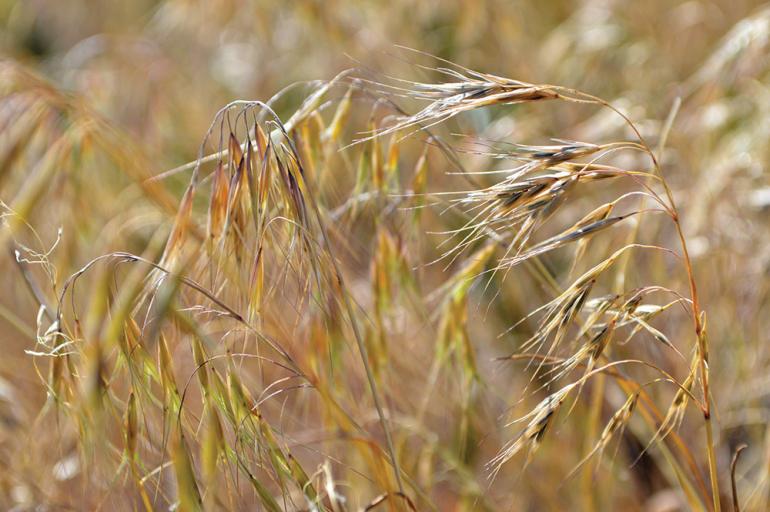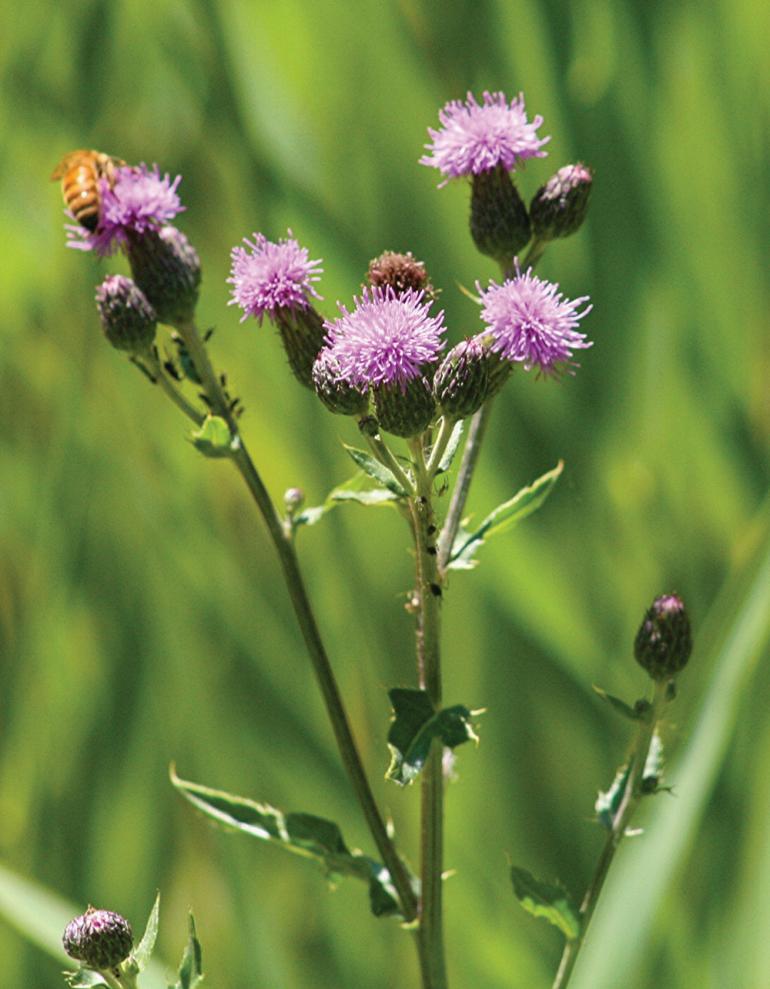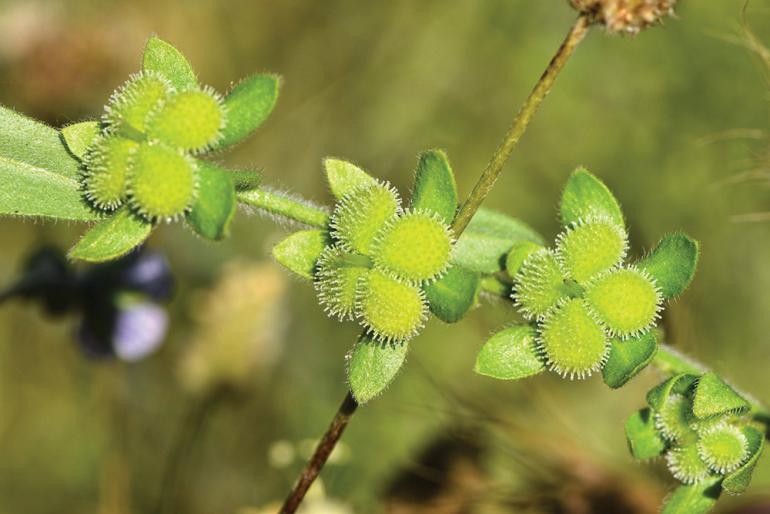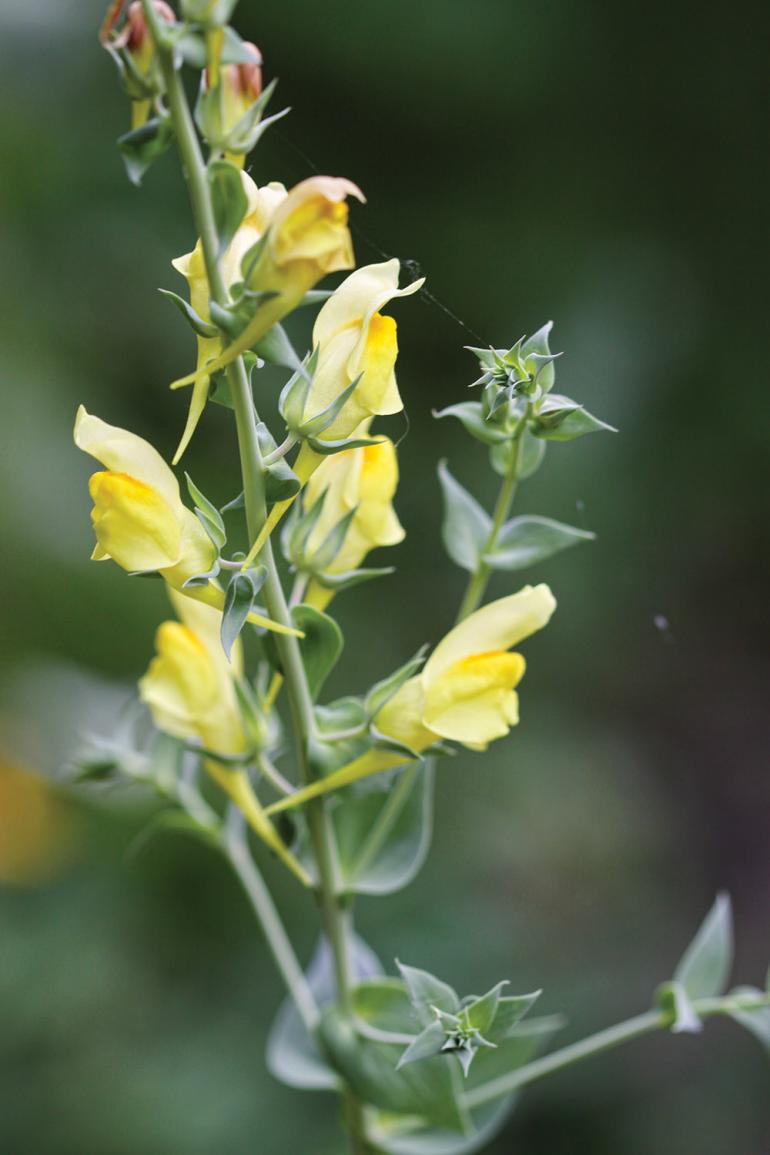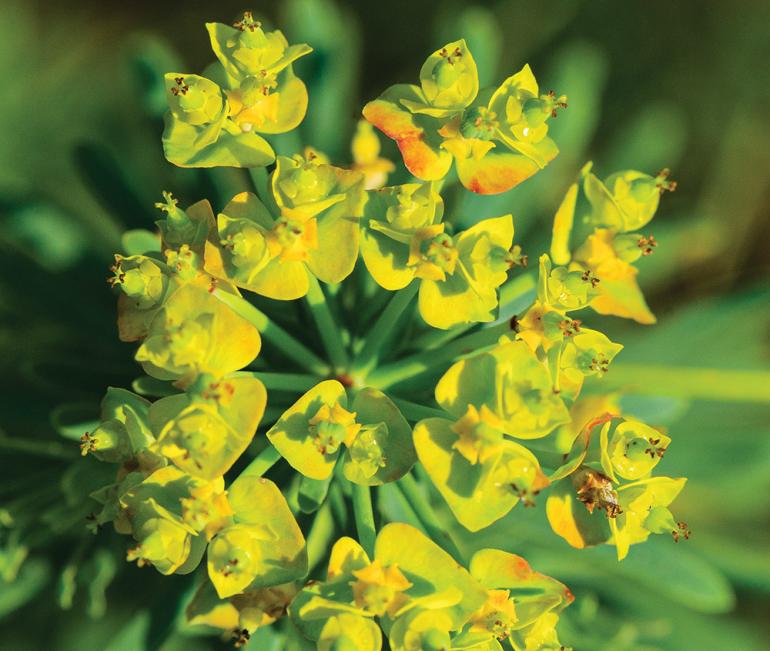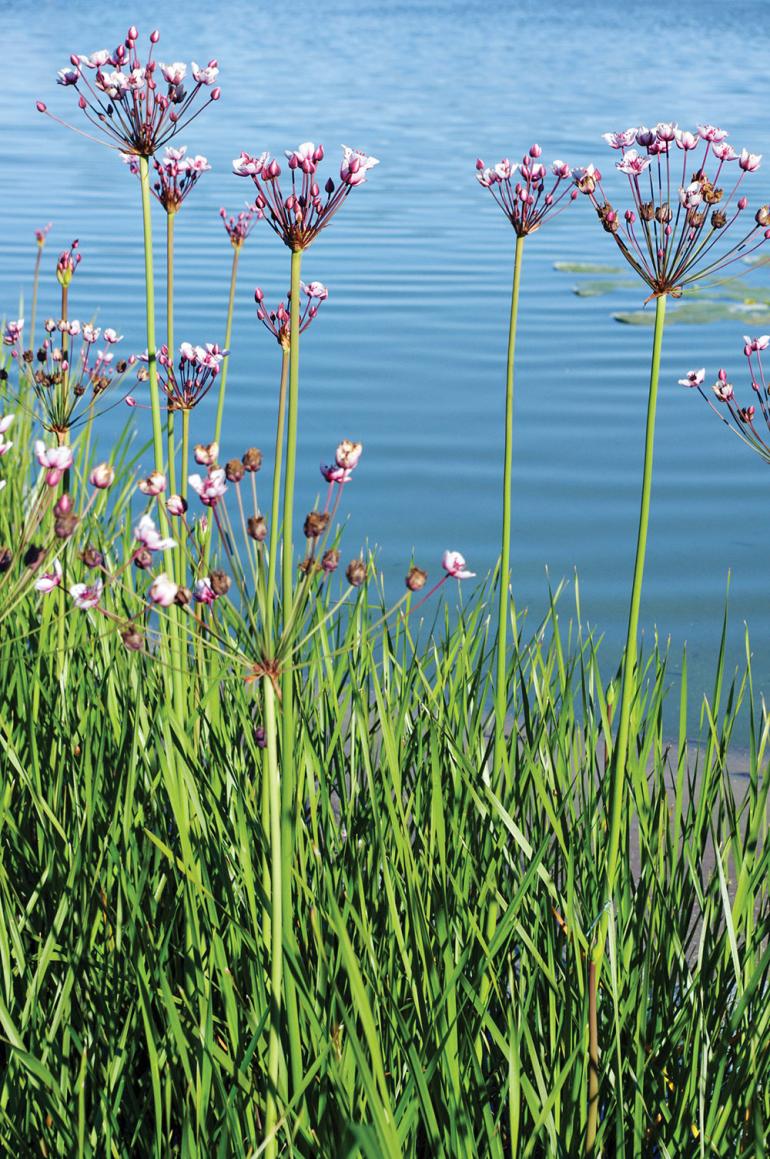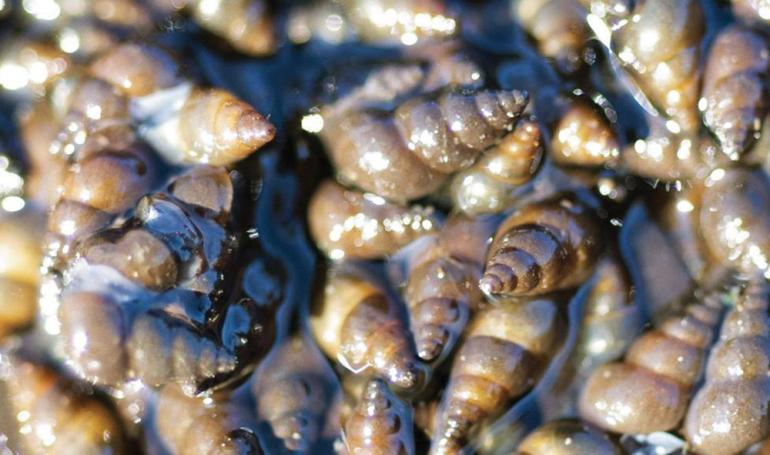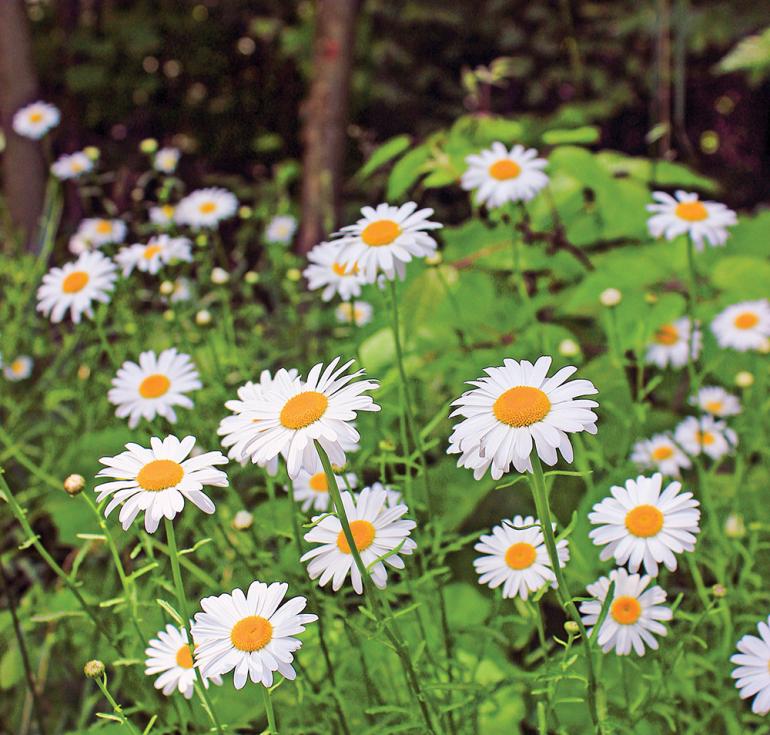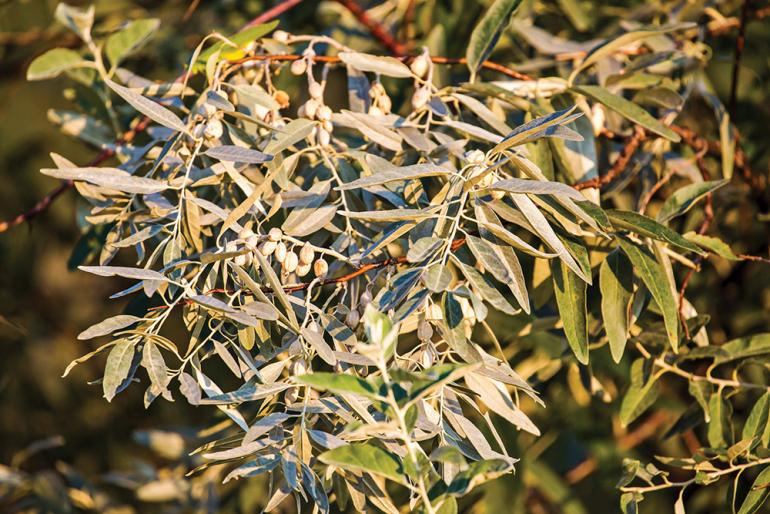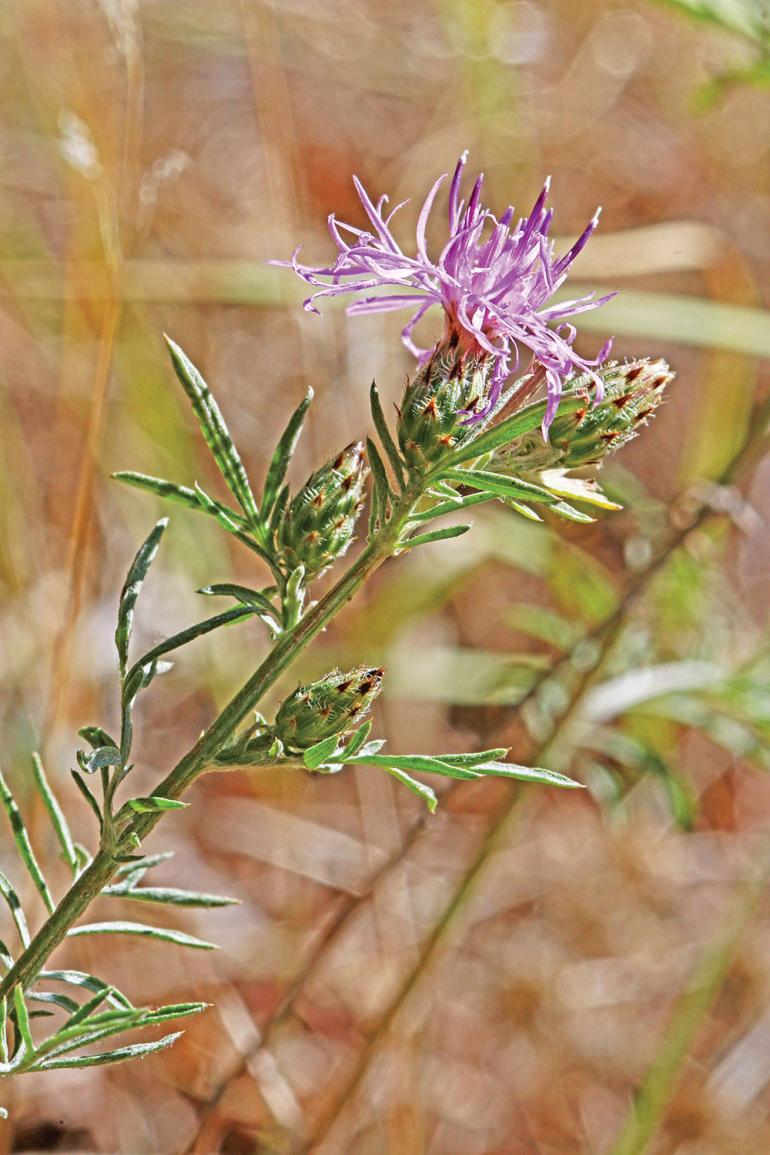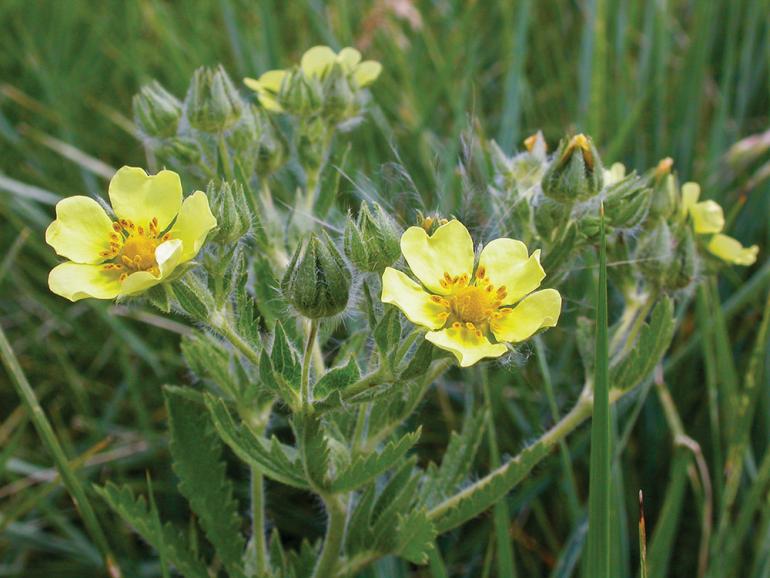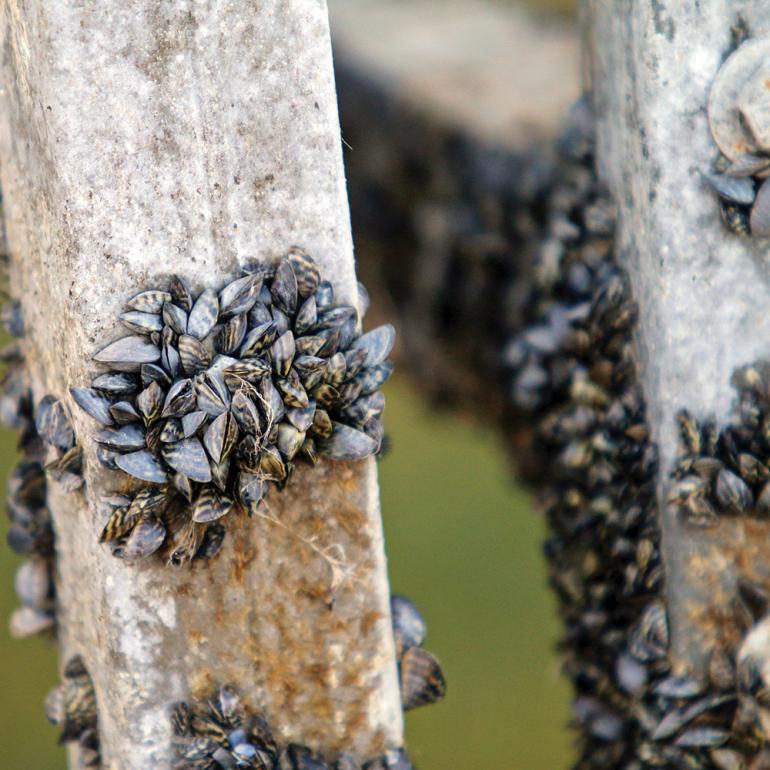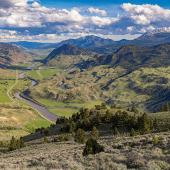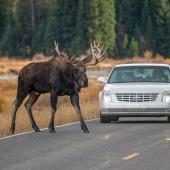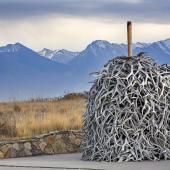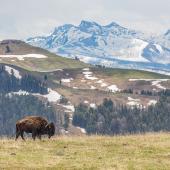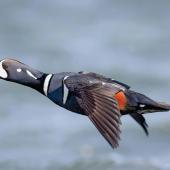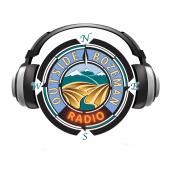War of the Weeds
The dangerous plague of invasive species.
You can’t un-see them. Once your eye is trained, you see them everywhere: an in-town walking trail, floating the Madison, fishing the Gallatin, and even hiking the backcountry trails in Yellowstone. It changes the way you experience our national parks, wilderness, and even your own back yard. They are everywhere… and we’re to blame.
I’m talking about invasive species, and invasive non-native plant species in particular. More commonly referred to as noxious weeds, these plants establish easily in new sites, grow quickly, and spread to the point of disrupting biological systems. The concern was so great that in 1948 our legislature created a Montana County Weed Control Act, stating that landowners are legally responsible for controlling noxious weeds on their property.
It’s Just a Plant… Who Cares?
If you like birds or elk, hiking or hunting, even just eating food, you should care about noxious weeds. Resource managers everywhere recognize that invasive non-native species are the biggest threat to the integrity and function of terrestrial and aquatic ecosystems.
Noxious weeds are known as “habitat transformers” because they change the physical structure and forage availability in habitats, eventually pushing out resident wildlife. Researchers have found that dense knapweed infestations on rangeland decreased winter elk forage by 50-90 percent. When this happens, elk spend more energy and travel farther to find food (native plants) to survive harsh Montana winters. Additionally, a 2019 study found that the introduction of invasive species has been a leading cause of plant and animal extinctions over the past 500 years.
The best way to go about this is to think global, act local.
The Foundation of Our Ecosystems
Native plants provide critical ecosystem services such as producing oxygen, cleaning water, capturing carbon, building topsoil, preventing floods, and feeding our world. Native plants are primary producers, converting sunlight into energy that can be used by consumers. The most abundant consumers of plants are insects, a.k.a., “the little things that run the world.” Insects convert plant energy into protein, which fuels birds and small mammals, which in turn feed critters higher up the food chain. It’s all connected.
According to ecologist Douglas Tallamy, 90 percent of native insects have developed specialized relationships with native plants. Because of this, they cannot adapt to eating non-native plants. It has been widely reported that over 40 percent of all insects are declining, and a third are endangered. In the past 50 years, the United States has lost 30 percent of its bird population, or three billion birds. When insect and bird populations collapse, it’s a warning light flashing red. We ignore it at our own peril.
Plant Pollution
Before Europeans came to America, there were approximately 18,000 native plant species here. In the last 400 years, humans have introduced approximately 30,000 new plant species to North America. Of those 30,000, approximately 5,000 have escaped cultivation. Of those 5,000 escapees, approximately 500 have been found to be invasive. Montana has 35 state-listed noxious weeds and regulated plants.
One more time: since the Jamestown settlement, we dumped THIRTY THOUSAND plant species into a continent that previously only had 18,000, and those 18,000 had millennia to co-evolve with wildlife in their respective ecosystems. The magnitude of this is a lot like the current climate crisis—it’s an unprecedented impact in a short span of time with profound ecological consequences.
What Can We Do?
Earlier I said we are to blame, as we are knowingly, or unknowingly, responsible for the introduction and spread of invasive terrestrial and aquatic species. They travel far and wide because of our activities. They quietly hitch rides on our vehicles, dogs, hiking boots, driftboats, kayaks, waders, and so on. So, what actions can we take to make a difference? Here are a few:
1. Clean up our act! That means cleaning our gear after every outing, whether it be the mountain bike, the car, the dog, hiking boots, fishing waders, etc. This ensures that we embark on our next adventure without the danger of spreading invasive species.
2. Get educated. Learn more about terrestrial and aquatic invasive species so you know what they look like, how they spread, and small actions you can take to make a difference. Visit gallatinisa.org to learn how to Clean, Drain, and Dry your kayak or to find out how to join the next noxious weed-pull. Insider tip: pulling noxious weeds is a fantastic way to take out aggression on a worthy foe!
3. Plant native plants in your landscape. Our insects, birds, and other wildlife need all the help they can get. By using native plants, you save water, reduce maintenance, and provide local wildlife with the resources they need to survive and thrive.
It’s easy to get overwhelmed by the enormity of all that is confronting us right now. The best way to go about this is to think global, act local. On an individual level, we may not be able to tackle the climate crisis, but simple acts of preventing the spread of invasive species when we hit the trail or river can make a difference for our local ecological community. By selecting native plants to add to our landscape and working to prevent the spread of invasives, we’re helping native insects, birds, and other wildlife, which in turn benefits us all.
As I hike my favorite trails, the visual eyesore of invasive plant species in the landscape gives me pause. But understanding how native species are threatened and doing what I can to support the critical connections they need makes me feel more connected. There’s a good chance it will for you, too.
Jennifer Mohler is a resource conservationist and the executive director of the Gallatin Invasive Species Alliance. In her free time, she trains and competes in three-day events with her horses, is an avid gardener, and enjoys hiking the trails with her husband and dogs.


